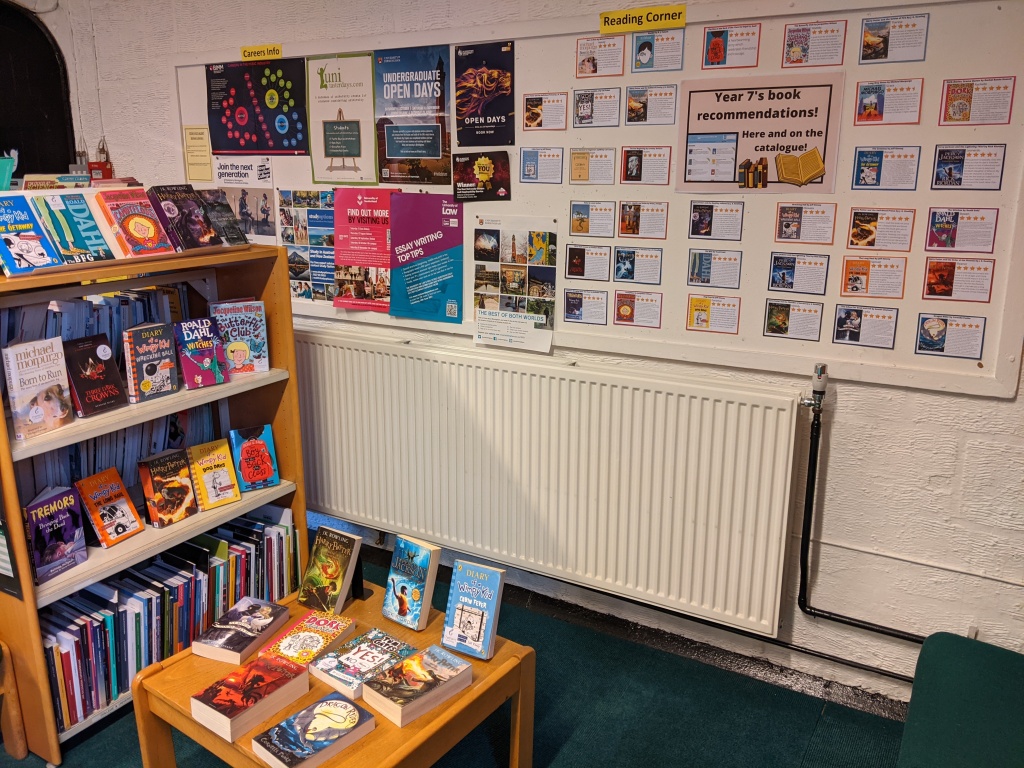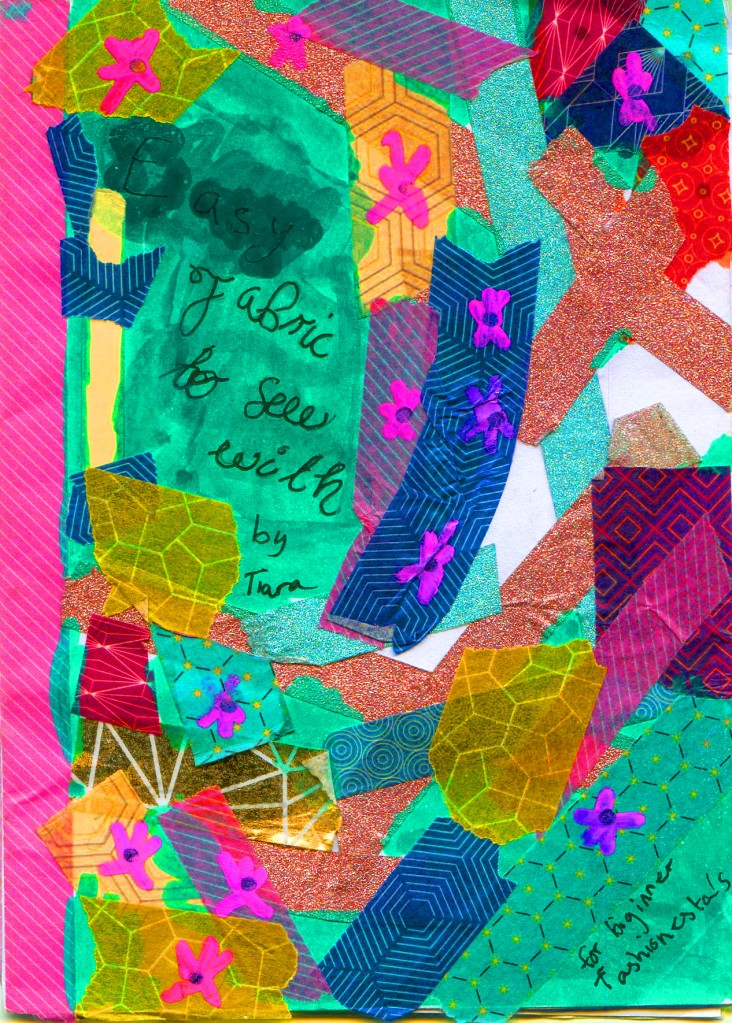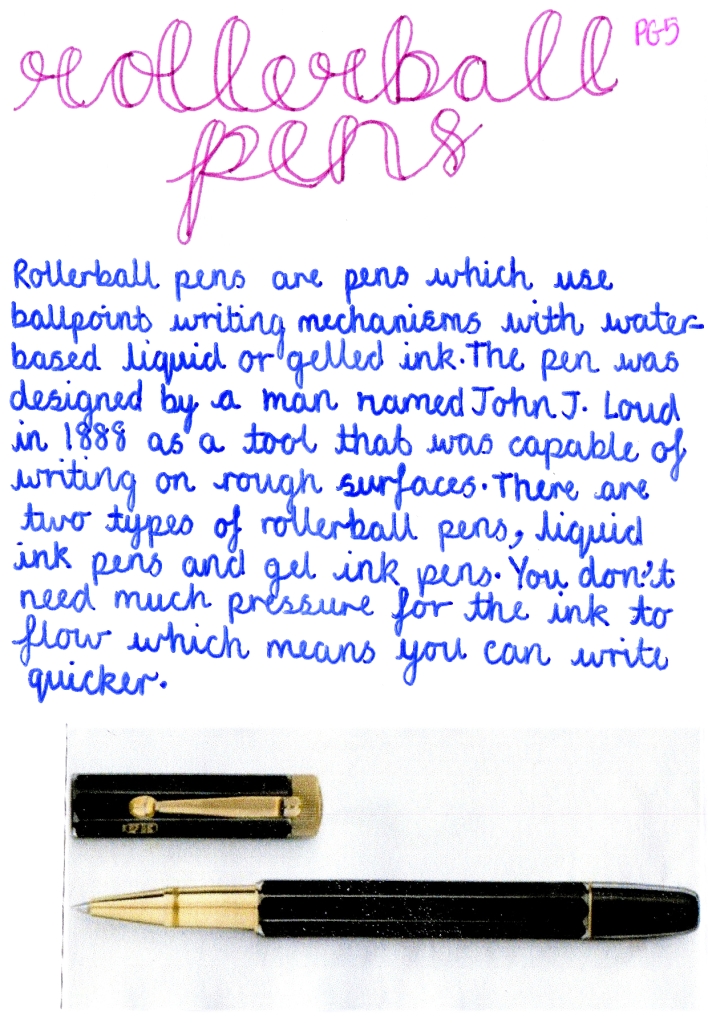One of the highlights of my week is when the Year 7 literacy class comes the library. Last year’s group learned about the non-fiction section, and about how the Dewey Decimal System can help them find books on the subjects they’re interested in. They used the music library and saw the range of music genres that we have on CD. They created library posters, designed their own book blurbs and wrote reviews of books and music. I led a project in which they created their own Zines. And best of all, they’ve been using the library more, both inside and out of class time. I’ve noticed they come up and talk to me more, they ask for books and I always try to buy their requests if we don’t have it already, and they have become far more confident library users, just in time for them to start needing the library more as they transition from the equivalent of primary school to secondary school.
So, I thought it would be fun to look back on the lessons where the library played a bigger role.
Where Dewey Start?
I cannot take credit for this literacy/library team-up. At the end of last year, the literacy teacher, Mr Wong, approached me for ideas about a one-off library lesson to introduce the Year 7s to the Dewey Decimal System. It was a fortunate coincidence that, when first starting in the role, I had looked into library lesson ideas and come across several library lesson packs on the website Twinkl – including one that specifically targeted Year 7s.
Guided by the ideas in the activity pack, and a bit of trial and error on how best to fit the lesson to our school library specifically, we’ve found that it works really well, and have now run this particular lesson six times. The students learn about the non-fiction library, and where they can find different books. I demonstrate the layout, making sure to point out anomalies (like the fact that they would find Fairytales in Social Science, Pets in Technology, or Computers in General Miscellaneous). This guides my development of the collection towards subjects that excite them (Dinosaurs!) and also lets them hear about the non-music subjects that we have books on, which is useful when over a quarter of the collection is classed under the 780s.
They then complete a worksheet that lets them explore the non-fiction collection further: they select books from each of the main 10 categories (i.e. the hundreds) and answer questions about them. They then work out where they would look to find the answers to a list of general knowledge questions. This helps them practice using the Dewey Decimal chart, and develops their study skills. For example, one of the students suggested that he could look in the biographies section to find out who discovered penicillin. While he’s not necessarily incorrect, this led to a discussion about how he might need to know the inventor’s name in order to find a biography, and it would rely on our having an Alexander Fleming biography in the collection. He agreed that the answer might be more likely to be mentioned in one of the books about Medicine, but insisted that if he needed to find out the answer he would ask Google (and, in this instance, quite right too!)
Reviewing the (book and music) Situation

Later in the year, the class went on to write music and book reviews. For the music reviews, I was able to direct them towards our magazine corner, where they could see examples of professionally published reviews in the music magazines the library carries. This highlighted to them that the magazines were there for them to use and also that they were learning skills that were useful in the real world. As Mr Wong pointed out, it is possible that this might actually be a viable career option for these musical students.
They also wrote book reviews, specifically of books that the library already carried. When they were completed and marked, I used Canva to uniformly style each of their reviews and set up the Reading Corner to be a more permanent “Year 7 Recommends” display. The reviews were also uploaded onto the library catalogue, which some of the students were very excited about.

The display was a success across the years. The Year 8 choristers (who have their Prep sessions in the library), had a lot of fun reading the reviews and talking about the books that had been recommended. There was also a noticeable surge in Rick Riordan issues among the Juniors after the Percy Jackson books had been put on display. I received multiple requests for the Magnus Chase and Heroes of Olympus series which now fill an entire shelf of our fiction collection!
Zine there, Done that
Towards the end of the school year, I suggested to Mr Wong that a good final project might be to make “Zines” – short magazines centered on a topic of interest, traditionally fan-made with a limited print run (if any). My idea was that each student could make their own Zine about a piece of media or hobby that they enjoyed. Then I would make copies of each of the Zines to add to the school library, and Chetham’s could have its own Zine collection.
I brought in a couple of example Zines that I had at home (including the Laser Girl one I made as a present for my sister when she got her PhD), and Mr Wong drew up a plan for how we would structure the lessons. The students spent several weeks planning and making their Zines. We taught the students the folding technique to make little 8-page booklets, and they planned out each page, and then worked on the Zines for a few weeks in the sessions before completing them for homework.
It was exciting to see the finished products, and we ended up with 23 Zines covering an eclectic range of topics:
- movies (Star Wars; Marvel; genres)
- books (Harry Potter; How to Train Your Dragon; the Evil Dentist; murder mysteries)
- pets and animals (from dogs, cats and other pets to porcupines, ants and newts!)
- hobbies (sewing; girl’s cricket; maths; music; Minecraft; different types of pens)
- Taiwan
- the Zodiac
- Viruses

After the students were finished and the Zines had been graded, Mr Wong passed them to me and I began what turned out to be a far-too-long process of converting them to be useable in the library. I started by scanning each page, which made them quite faded. Not realising how many I would need to do (and how long each would take) I used software to boost their colour, and remove the awful grey tone of the paper background. My reasoning was that, since the library was benefitting from the students’ work, they shouldn’t be put on display in a condition that was worse than the students had given them to me in. Some of them had put in so much effort that I felt it would have been a shame to undermine that due to the technological limitations of our scanner.
As I went along, I developed methods of speeding up the process, but in retrospect, I spent far longer on them than I should have done (including working on them at home, while watching TV). If I hadn’t realised the enormity of the task when I did, I could have been there forever. 23 Zines of 8 pages each would have had me digitally enhancing 184 pages in total, which (if I’d spent as long as I was spending on some of the penciled pages) could have taken me up to 92 hours! In the end I kept all the work I’d already done, but I resorted to enhancing only the front and back pages (i.e. the outside covers), of the remaining Zines. We’re planning to do the Zines again this year, and this will be my new method, which will save me a lot of time. The actual process of printing, processing and covering them, then adding them to the library catalogue only took a couple of days (around my other library work).
The end results were very cool, and the Zines are a great addition to the library. I love finding ways to involve the kids, and I’m looking forward for them to see the display when they return after the October break.
Now, please enjoy some extracts from the student’s Zine project:








